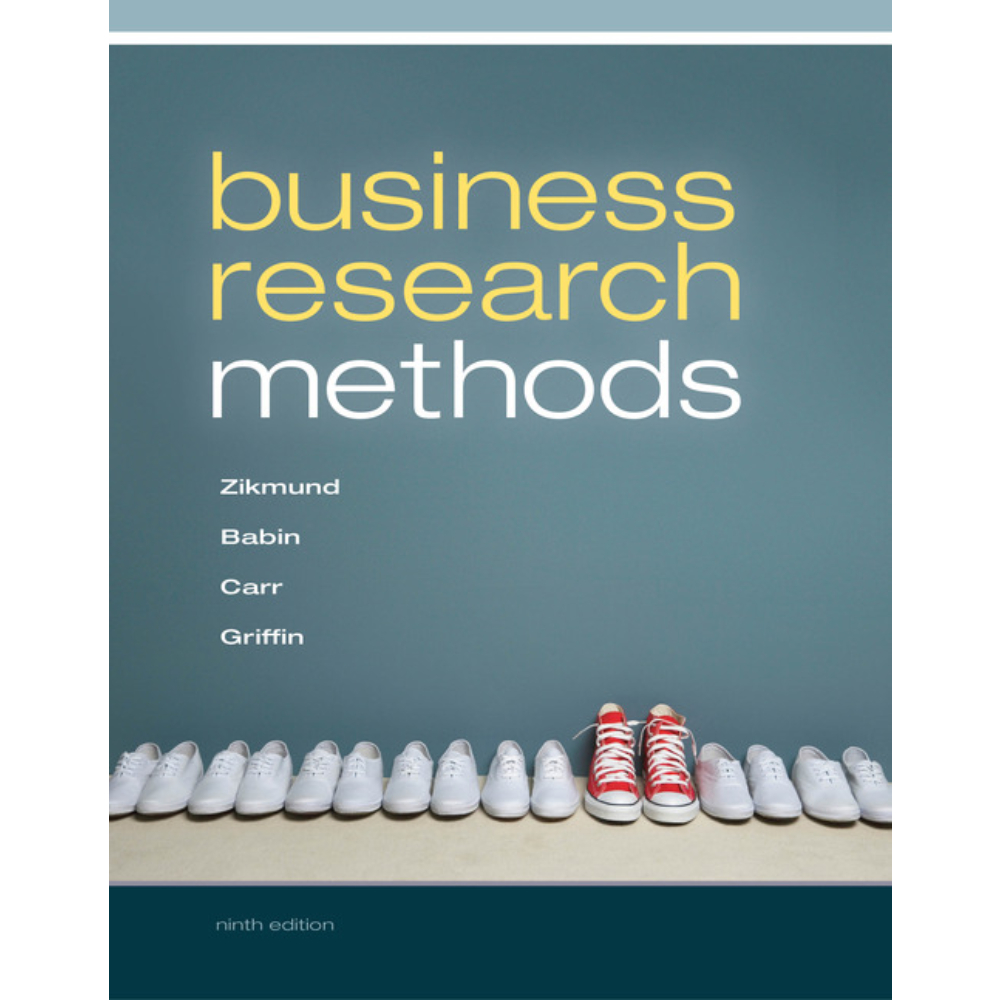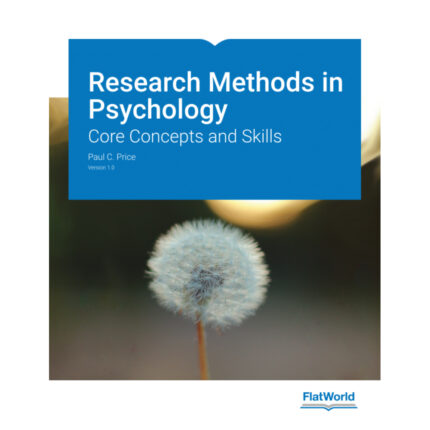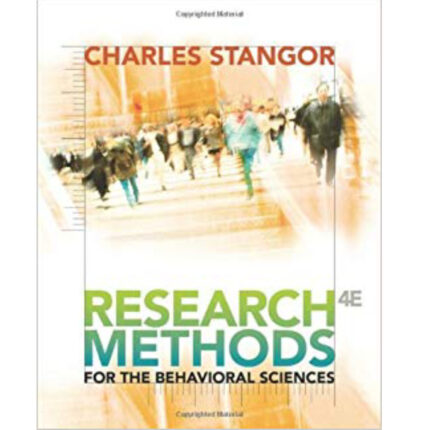Chapter 11–Observation Key
1. It is typical in observation studies for the observer to ask questions of the person who is being observed.
FALSE
2. Attitudes can be observed.
FALSE
3. One limitation of observation as a research method is that the observation period is generally short.
TRUE
4. Researchers can observe people or events with human observers or with machines.
TRUE
5. Mechanical observation best suits a situation or behavior that is not easily predictable in advance of the research.
FALSE
6. Hidden, unobtrusive observation minimizes respondent error.
TRUE
7. Observation allows for the interpretation of nonverbal behavior to supplement information from interviewers.
TRUE
8. Observational studies often use complementary evidence concerning individuals’ “true” feelings.
TRUE
9. Direct observation is a straightforward attempt to observe and record what naturally occurs.
TRUE
10. In some instances, observation is the only method possible for collecting data.
TRUE
11. Response interval is the amount of time it takes to make a choice between two alternatives.
FALSE
12. Since the observer does not interact with the subject in observation studies, observation is an error-free method of data collection.
FALSE
13. In observation research, a distortion of measurement resulting from the cognitive behavior or actions of the witnessing observer is called selectivity bias.
FALSE













Reviews
There are no reviews yet.